
Citadel and mud city of Bam (Enlarge)
Located in southeastern Iran, 200 kilometers south of Kerman, the ruined city of Arg-e-Bam is made entirely of mud bricks, clay, straw and the trunks of palm trees. The city was originally founded during the Sassanian period (224-637 AD) and while some of the surviving structures date from before the 12th century, most of what remains was built during the Safavid period (1502-1722). During Safavid times, the city occupied six square kilometers, was surrounded by a rampart with 38 towers, and had between 9000 and 13,000 inhabitants. Bam prospered because of pilgrims visiting its Zoroastrian fire temple (dating to early Sassanian times) and as a commercial and trading center on the famous Silk Road. Upon the site of the Zoroastrian temple the Jame Mosque was built during the Saffarian period (866-903 AD) and adjacent to this mosque is the tomb of Mirza Naiim, a mystic and astronomer who lived three hundred years ago. Bam declined in importance following an invasion by Afghans in 1722 and another by invaders from the region of Shiraz in 1810. The city was used as a barracks for the army until 1932 and then completely abandoned. Intensive restoration work began in 1953 and continued until December 26, 2003 when the city of Bam was devastated by a massive earthquake. Estimated to have a magnitude of 6.6, the earthquake resulted in the deaths of more than 34,000 people and the almost total destruction of the ruins of Arg-e-Bam.
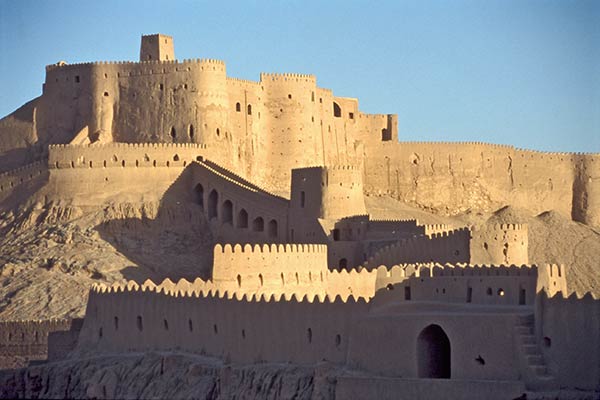
Safavid dynasty citadel, Bam (Enlarge)
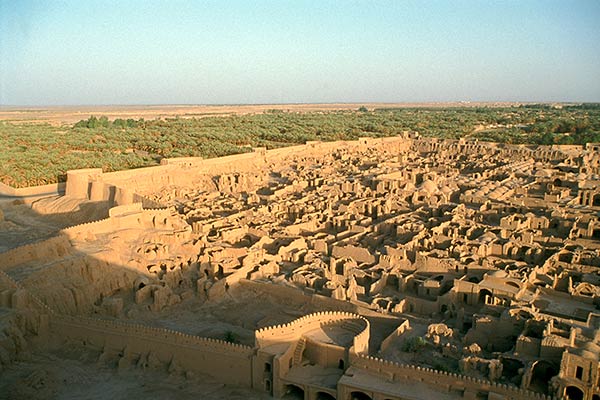
Mud city of Bam (Enlarge)
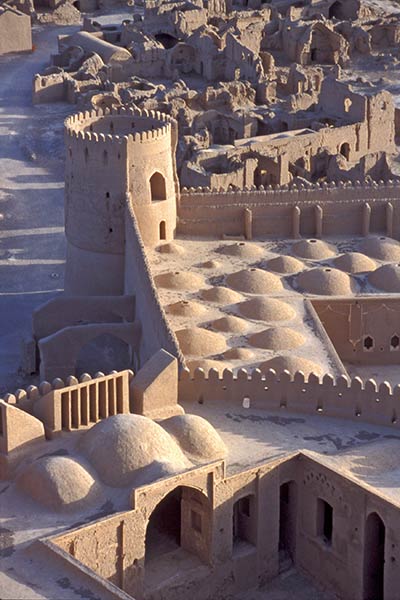
Mud buildings of Bam (Enlarge)
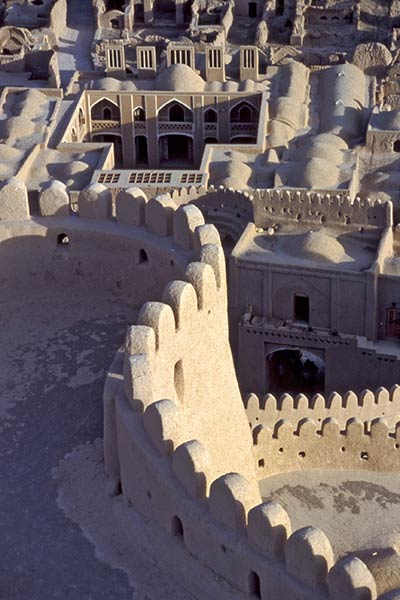
Mud buildings of Bam (Enlarge)
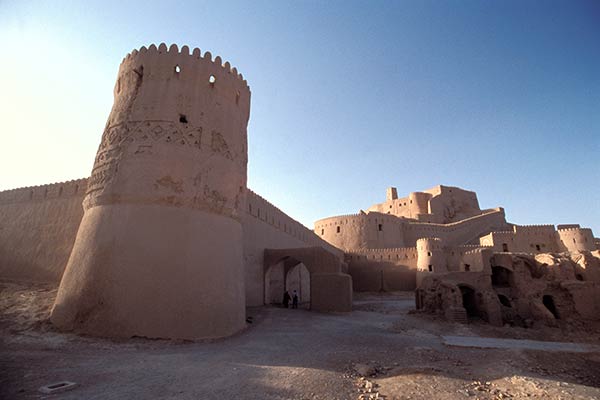
Fortified walls of Bam (Enlarge)
For additional information:
 Martin Gray is a cultural anthropologist, writer and photographer specializing in the study of pilgrimage traditions and sacred sites around the world. During a 40 year period he has visited more than 2000 pilgrimage places in 165 countries. The World Pilgrimage Guide at sacredsites.com is the most comprehensive source of information on this subject.
Martin Gray is a cultural anthropologist, writer and photographer specializing in the study of pilgrimage traditions and sacred sites around the world. During a 40 year period he has visited more than 2000 pilgrimage places in 165 countries. The World Pilgrimage Guide at sacredsites.com is the most comprehensive source of information on this subject.
